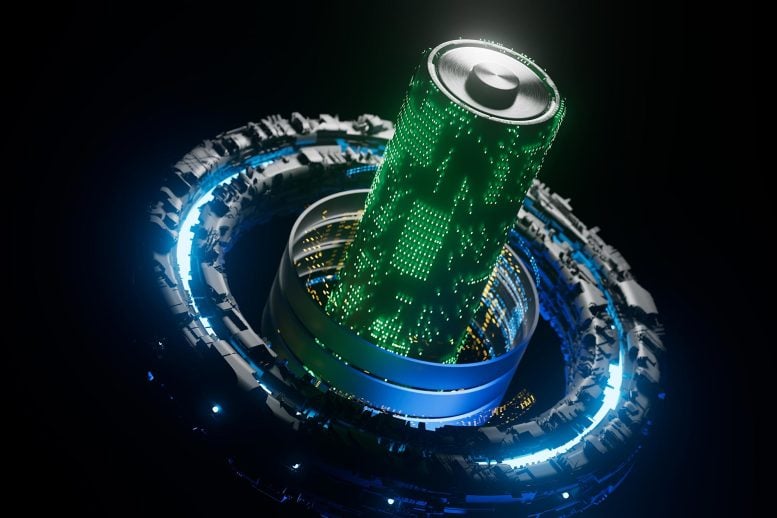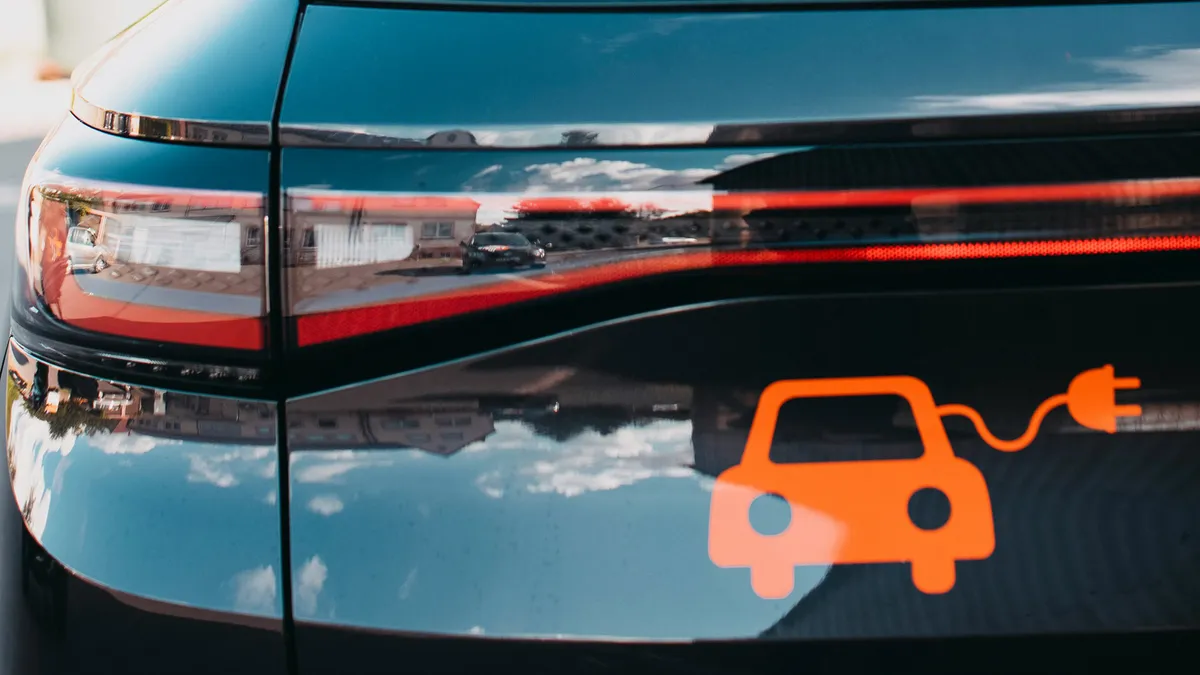Artificial Intelligence in Battery Research and Manufacturing
Introduction
Artificial Intelligence (AI) is emerging as a game-changer in the field of rechargeable batteries, where challenges such as limited energy density, safety risks, and long development cycles continue to slow progress. By integrating machine learning and data-driven techniques into different stages of the battery lifecycle, researchers and manufacturers are now able to accelerate innovation, reduce costs, and improve reliability. The following sections highlight how AI contributes to material discovery, manufacturing, performance monitoring, and sustainability.
AI in Material Discovery
The design of advanced electrodes and electrolytes has traditionally relied on slow trial-and-error methods. AI now enables a faster, more predictive approach. By training on experimental datasets and computational simulations, machine learning models can estimate electrochemical properties and guide researchers toward promising material compositions. For example, predictive algorithms have been used to screen thousands of candidate cathode materials, narrowing the list to a few viable options within days rather than years. This acceleration is reshaping the pace of innovation in next-generation lithium-ion and solid-state batteries.

AI in Manufacturing and Quality Control
On the production line, AI helps manufacturers maintain high standards of quality and efficiency. Real-time computer vision systems can detect microscopic surface defects on electrodes that would otherwise be overlooked. Similarly, predictive models adjust manufacturing parameters such as coating thickness or drying time to improve yield and reduce waste. Some large-scale factories already use AI-based monitoring systems that anticipate equipment failures before they occur, ensuring continuous production with minimal downtime. These advances translate directly into safer and more affordable batteries for end users.
AI for Battery Performance and Prognostics
AI also plays a critical role once batteries are in operation. Traditional methods of estimating the state of charge and state of health often lack precision, especially under complex usage conditions. Deep learning approaches have demonstrated superior accuracy in predicting both short-term performance and long-term degradation patterns. In one example, researchers trained neural networks to forecast the lifespan of lithium-ion cells after only a handful of charging cycles, a process that would typically require months of testing. Such predictive tools not only accelerate research but also provide end users—especially in electric vehicles—with safer and more reliable energy storage.

AI in Energy Management and Charging
Another key area of application is energy management. In electric vehicles, intelligent battery management systems learn from drivers’ charging and driving habits to optimize charging protocols, extending battery life and increasing range. At the grid level, AI algorithms help balance supply and demand by deciding when to store or release energy from large-scale battery installations. This ability is crucial for integrating renewable sources such as solar and wind into the energy system, where fluctuations in production must be carefully managed.

AI for Sustainability and Recycling
As sustainability becomes a central concern, AI is also being used to extend the useful life of batteries and improve recycling practices. Retired EV batteries, for instance, may still have sufficient capacity for stationary energy storage. Machine learning systems evaluate their remaining performance and determine suitable second-life applications. Moreover, AI-assisted recycling strategies can predict the efficiency of material recovery processes, improving both environmental outcomes and economic viability.
Future Directions
Looking ahead, the integration of AI with battery technologies is expected to deepen. Digital twins—virtual replicas of physical batteries—will allow researchers and engineers to simulate usage scenarios and predict failures before they occur. At the same time, explainable AI methods will be required to ensure transparency, especially in safety-critical sectors like electric vehicles and grid storage. Collaboration between data scientists, electrochemists, and industry stakeholders will be essential to translate these technological advances into widespread, reliable solutions.